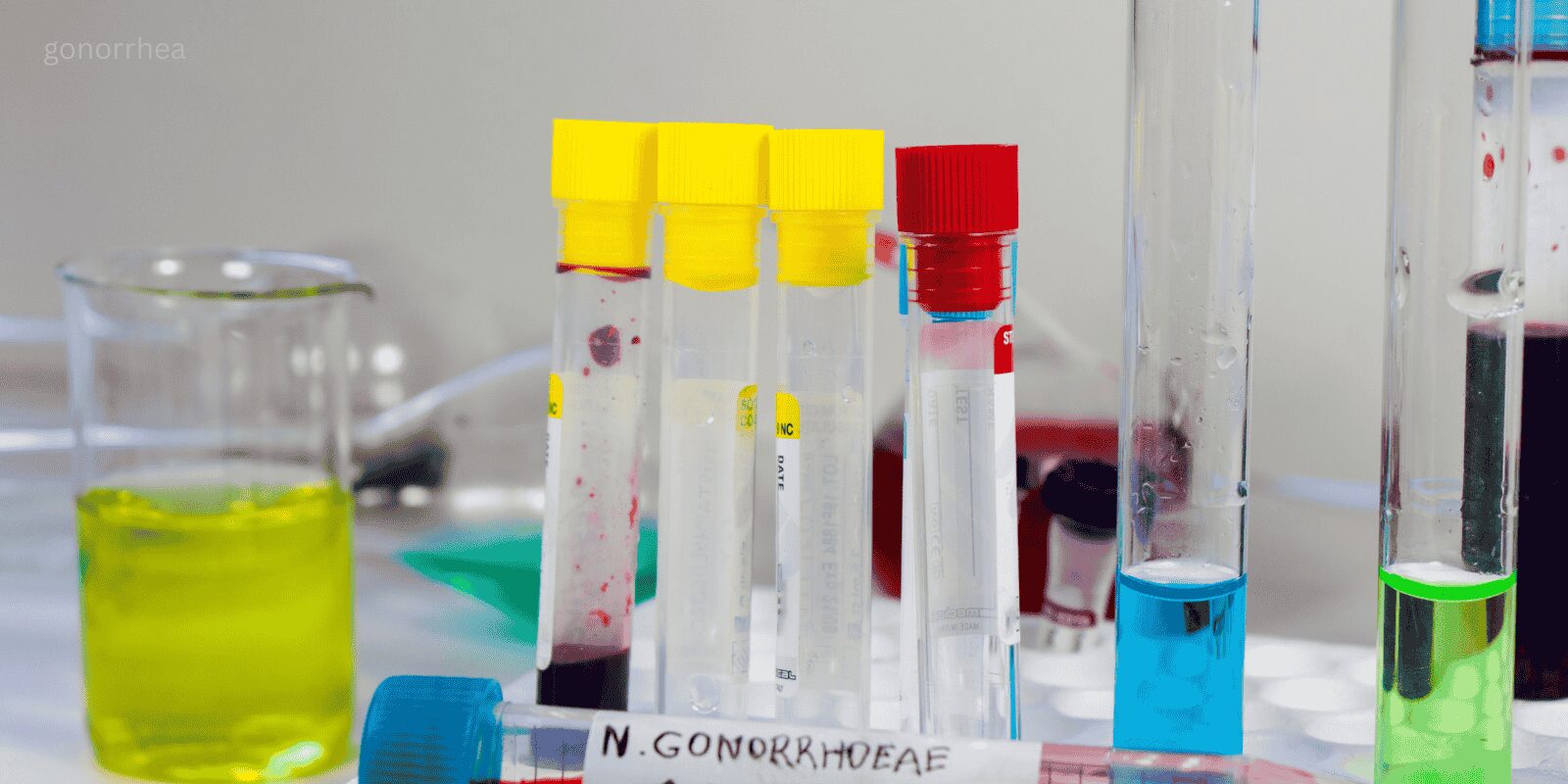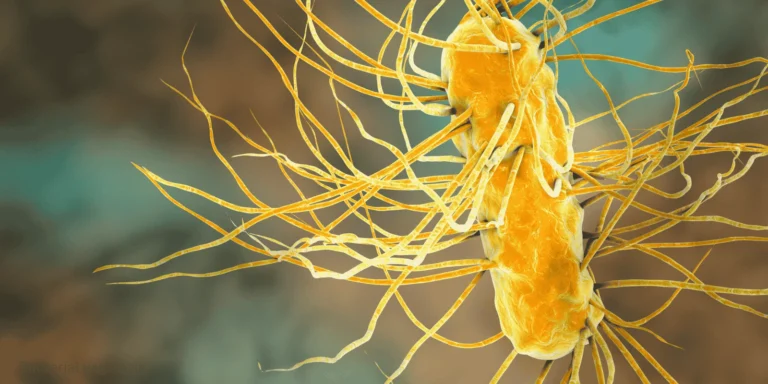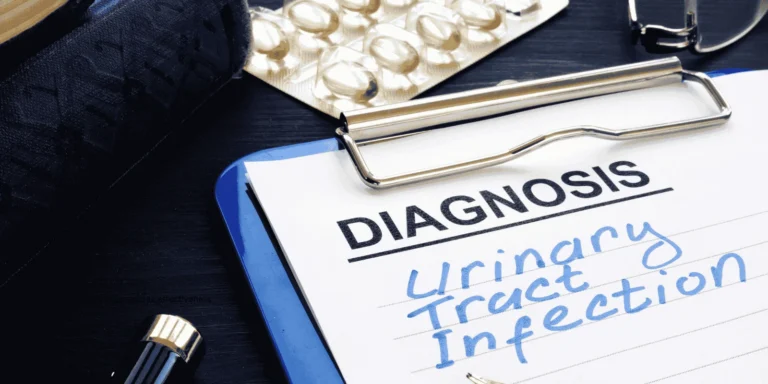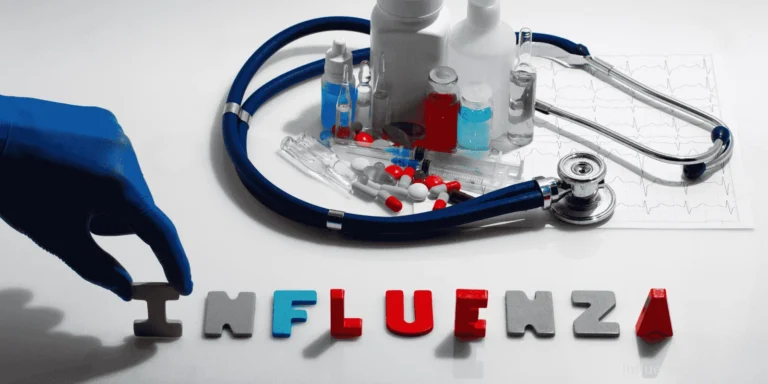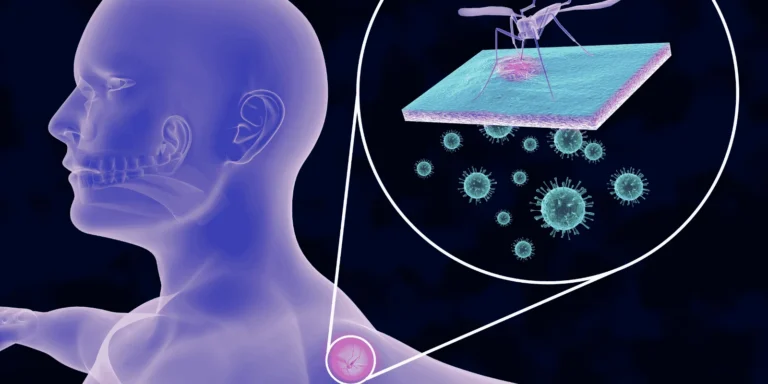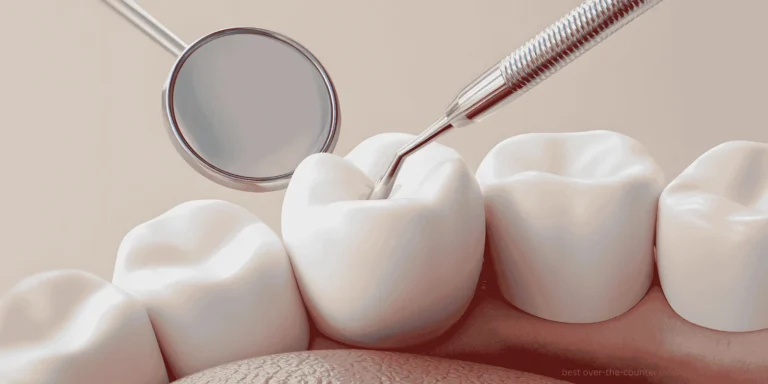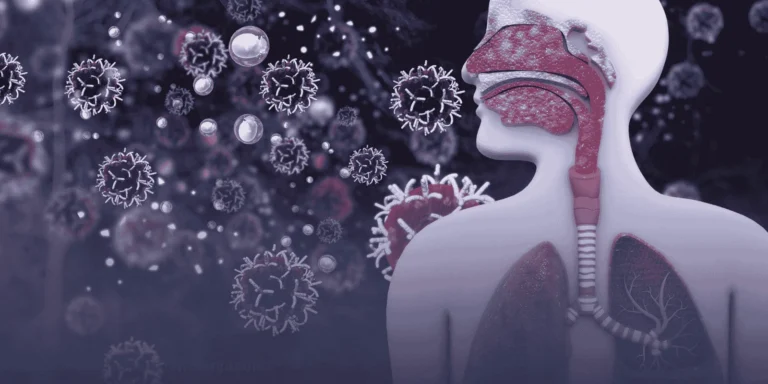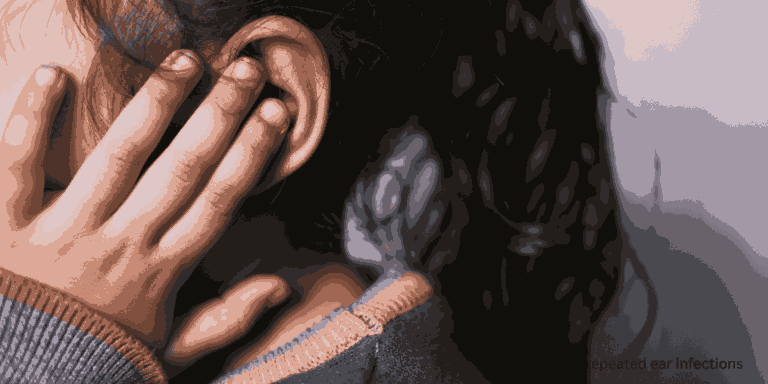Not anymore. And that’s a big problem.
Gonorrhea used to be curable with a single shot of penicillin. Those days are long gone thanks to antibiotic resistance.
The Resistance Problem
Gonorrhea bacteria are smart. Over decades, they’ve developed resistance to multiple antibiotics:
- Penicillin (1980s)
- Tetracycline (1980s)
- Fluoroquinolones like ciprofloxacin (2000s)
- Even some newer antibiotics are losing effectiveness
Each time we found a new antibiotic, gonorrhea eventually figured out how to resist it.
Current Treatment Standards
Today’s gonorrhea treatment typically requires dual therapy — two different antibiotics working together:
- Ceftriaxone injection (250mg-500mg)
- Plus azithromycin pills (1g) or doxycycline
This combination approach helps prevent further resistance development.
Why Single-Dose Treatments Failed
When we used single antibiotics, some bacteria survived and passed on resistance genes. Over time, resistant strains became dominant.
Using two drugs with different mechanisms makes it much harder for bacteria to develop resistance to both simultaneously.
Treatment Duration
The ceftriaxone is usually given as a single injection, but the oral antibiotic (azithromycin or doxycycline) might be taken for several days.
So while you get one shot, complete treatment isn’t truly “single dose.”
Complicated Cases
Some gonorrhea infections need longer treatment:
- Disseminated infections (spread to joints or blood)
- Infections in people with HIV
- Treatment failures
- Rectal or throat infections (sometimes need different approaches)
The Testing Imperative
Because resistance patterns vary by location, culture testing (growing the bacteria in a lab) helps determine which antibiotics will work.
This is especially important for treatment failures or complicated infections.
Follow-Up Requirements
Modern gonorrhea treatment includes:
- Test of cure 1-2 weeks after treatment
- Partner treatment (all partners from past 60 days)
- Re-testing in 3 months (reinfection is common)
Geographic Variations
Resistance patterns differ worldwide. What works in one country might fail in another.
This is why standardized treatment guidelines get updated regularly based on local resistance data.
The Pipeline Problem
We’re running out of new antibiotics effective against gonorrhea. Only a few promising drugs are in development.
This makes preserving the effectiveness of current treatments critical.
Prevention is Key
Given treatment challenges, prevention becomes more important:
- Consistent condom use
- Regular STD testing
- Reducing number of partners
- Mutual monogamy with tested partners
Partner Treatment
All recent sexual partners need treatment regardless of test results. This prevents reinfection and stops community spread.
Future Concerns
Some gonorrhea strains are becoming resistant to our current dual therapy. We’re seeing “super gonorrhea” that’s harder to treat.
The Telehealth Advantage
Telemedicine platforms can prescribe appropriate gonorrhea treatment and arrange necessary follow-up testing, making access to proper care easier.
Bottom Line
Gonorrhea can’t be cured with single-dose treatment anymore. It requires combination therapy, follow-up testing, and partner treatment.
The days of simple, one-shot cures are over due to antibiotic resistance.

